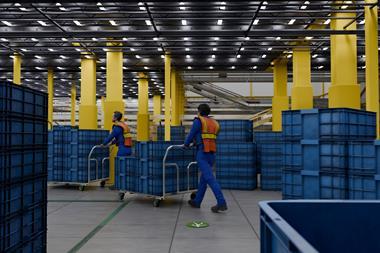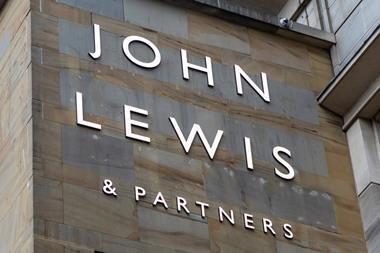Our competitors are using freight trains to move stock. Would it benefit my supply chain?
Including rail in a supply chain can be a prudent move, particularly in terms of cutting carbon emissions.
A typical freight train can transport the volume of 50 lorries and every tonne of freight carried by rail produces 80% less carbon dioxide than if moved by road.
First time users may see rail as daunting, but several retailers are turning to freight trains to transport bulk and containerised foods. The international dimension provided by the Channel Tunnel and high-speed rail links has made it a more attractive option for retailers, in addition to the environmental advantages.
Freight Train Association head of supply chain policy Christopher Snelling says: “Rail represents an awesome opportunity for retail supply chains to not only perform better and more efficiently but also to help companies meet the growing challenge of reducing their carbon footprints.
“Freight trains are being used increasingly by retailers and rail is expanding following privatisation and development over the past 10 to 15 years.”
To retailers unsure about whether freight trains will be a suitable component in their supply chains, Snelling says there are advantages of using freight trains for large and small companies. “The freight rail service has become much more customer service oriented as it has become more popular. It will try to accommodate customers’ needs, regardless of the amount they want to transport.”


























1 Reader's comment